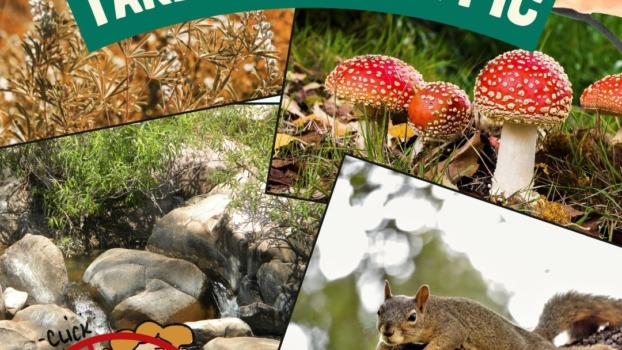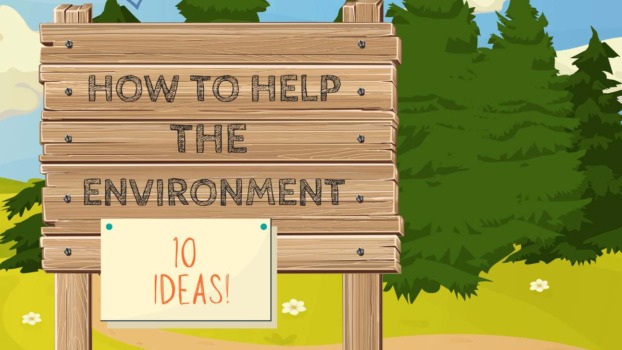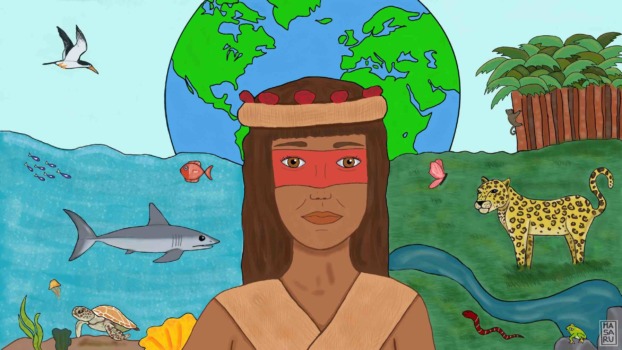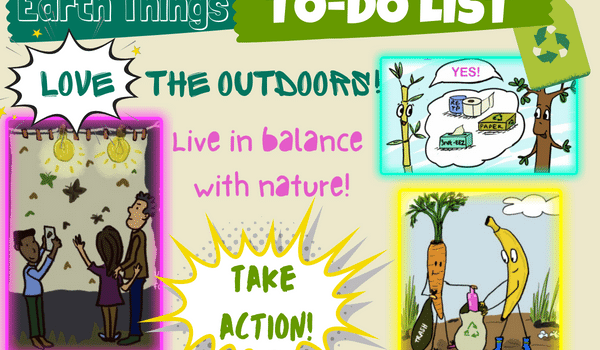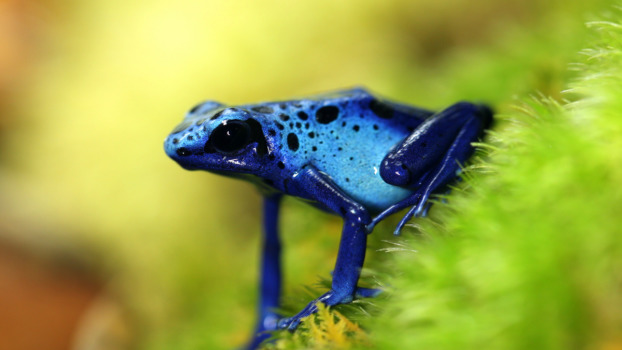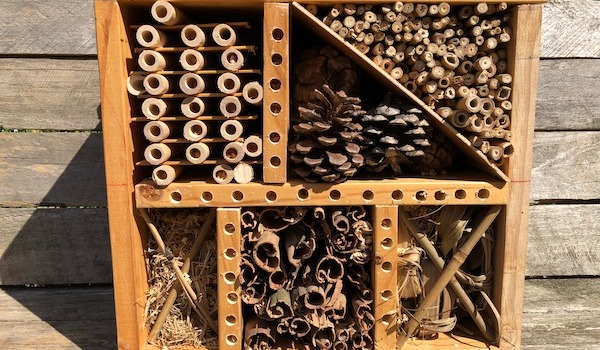Puzzles & Games
Can you solve these puzzles about primates?
Can you spot the 10 differences?
Can you spot the 10 differences?
Find the differences between the pictures.
Search the forest to find 30 types of animals.
African savanna word search.
Art & Craft
Celebrate Earth and our wild neighbors with this activity.
Light flickers and sparkles deep in the ocean, where you might least expect it. Watch the video about bioluminescent deep sea life and then create your own stunning interpretation on paper.
Grab your pencils and markers and do some mindful coloring of these fan favs!
Follow these steps to draw a leopard.
Build a habitat for insects. It’s easy and fun!
Repurpose items from home to make this fun craft!



